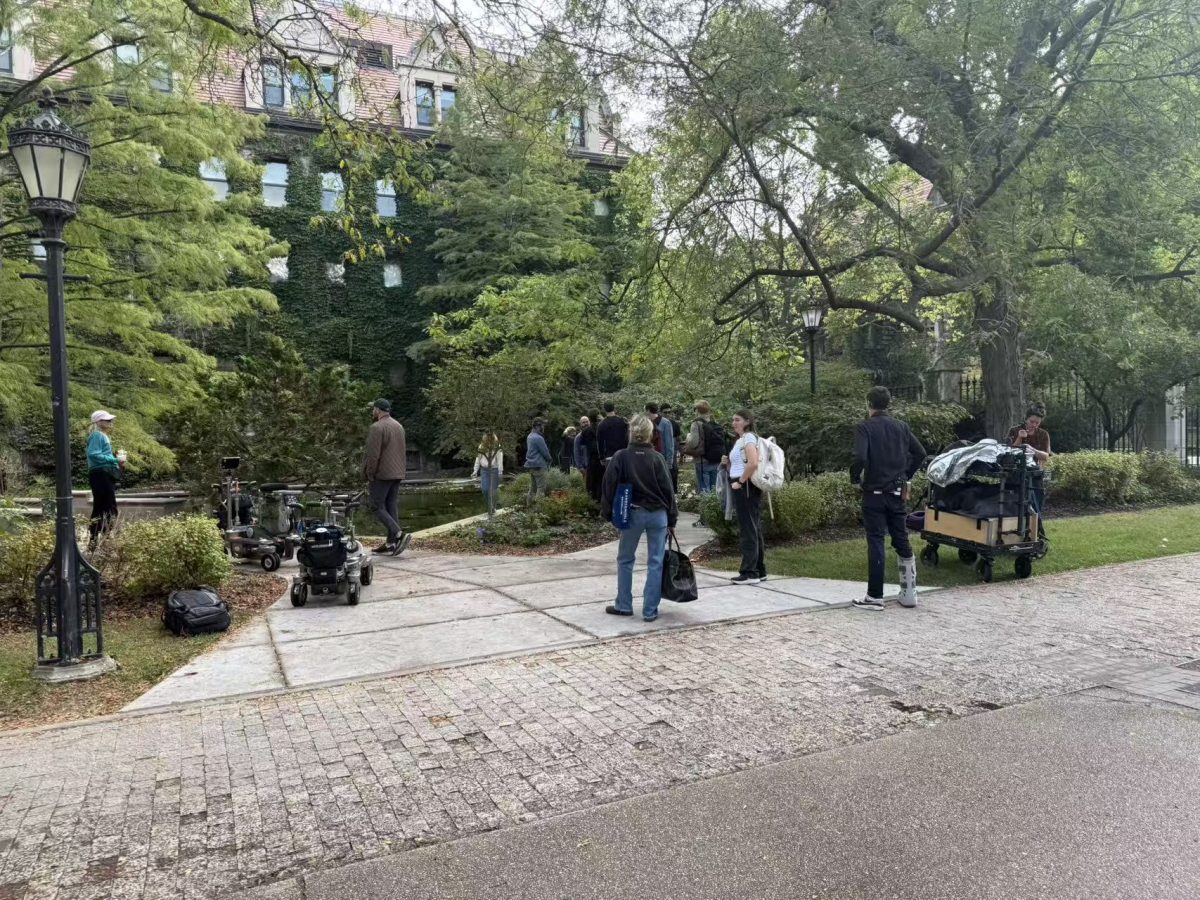Harvard University will increase need-based grants for its medical students by $3 million for the upcoming academic year—a 40-percent increase from this year—Harvard administrators announced last week.
The school will also eliminate the family contribution for students whose parents earn less than $120,000 annually. Altogether, the move will affect about one- third of the medical school’s 700 students, although these students will still need to take out loans of up to $24,500 over the course of their tenures.
Sylvia Robertson, assistant dean for admissions and financial aid at the University of Chicago’s Pritzker School of Medicine, said the medical school shares Harvard’s commitment to reducing the educational debts many medical students face upon graduation.
Over the past five years, Pritzker has increased both merit- and need-based aid in excess of Harvard’s $3-million increase, Robertson said. She added that further increases in aid will depend on the resources available next year.
“We hope to have students graduating with less debt as they move toward their residency and practice as full physicians,” Robertson said.
About 87 percent of Pritzker medical students received financial aid last year, said Darrell Nabers, the school’s financial aid analyst. Tuition and related expenses for both the Harvard Medical School and the Pritzker School of Medicine total approximately $60,000 annually. According to Nabers, physicians typically repay their medical school loans over the course of 10 to 25 years.
Jeffery Flier, dean of Harvard Medical School, said that Harvard’s decision to increase aid stems from a desire to make medical school more financially feasible by reducing student debt.
“It is important that the school not be out of reach to a broad segment of undergraduate students,” he said in a letter to colleagues and students. “It is equally imperative to avoid burdening families with a new round of debt shortly after a child has finished college.”
However, Nabers said that he did not think that increases in need-based aid would significantly shift the demographics of student populations at the nation’s top medical schools.
“This doesn’t change the general pool of acceptable students. The same type of students who applied last year will apply this year,” he said. “Financial aid is only one part of the aspects that determine a class.”
According to Nabers, there are other financial factors that might deter some applicants regardless of tuition costs, such as books, room and board, transportation, and trips home.
While graduate students pursuing doctorate degrees often receive stipends or teaching positions to support themselves financially, most medical students attend school full-time and rely on compensation from summer research in order to cover living expenses, Nabers said. Tuition is only a “drop in the bucket,” he added.
According to a statement by Harvard University president Drew Faust, the expansion in medical scholarships is part of a larger effort by the university to reduce student costs.
“We continue to pursue ways to make sure Harvard’s doors are open to students of talent and promise, whatever their financial means, and to moderate students’ debt levels so that financial worries don’t constrain their choice of career,” Faust said.








